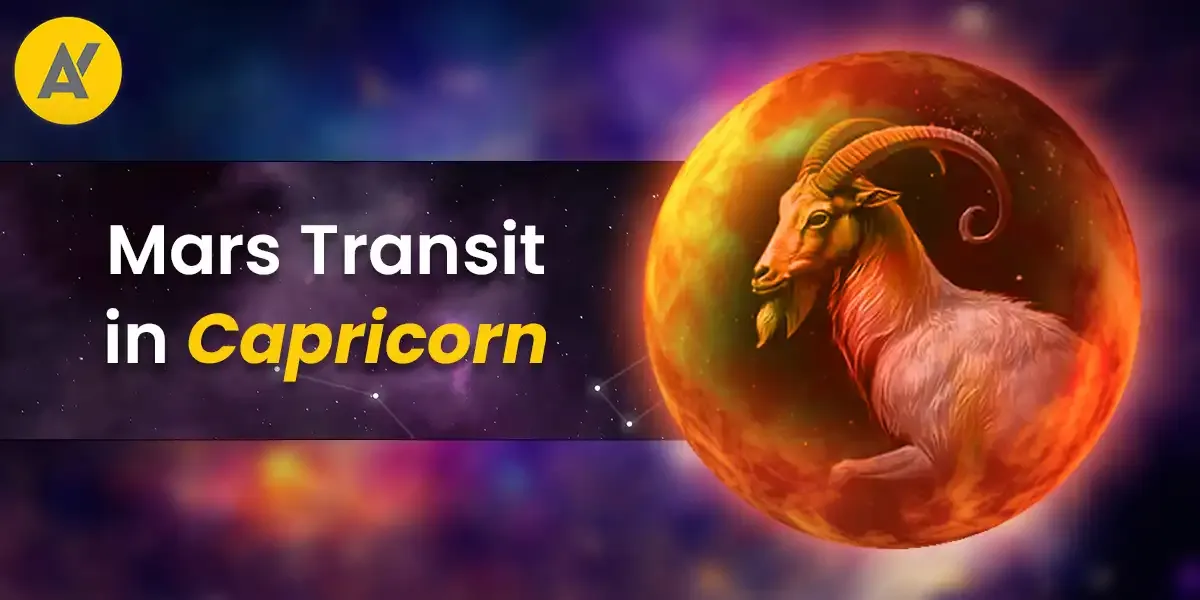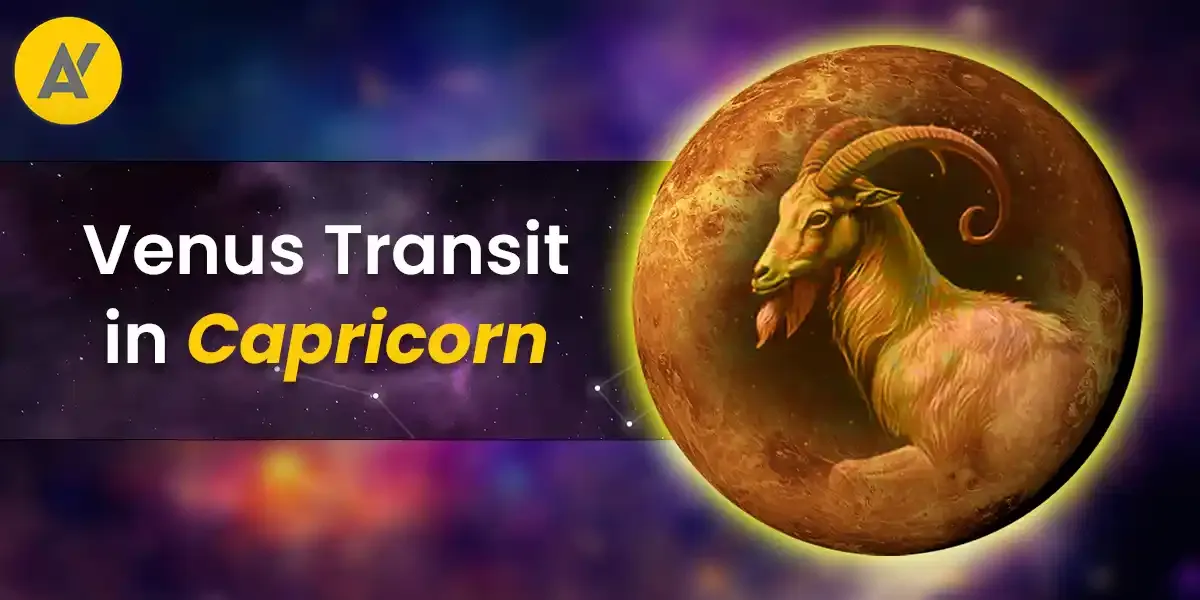Haldi Ceremony
The Haldi ceremony is one of the most loved pre-wedding rituals of Hindu weddings in India where the bride and the groom are smeared with turmeric paste. It signifies the start of the Hindu wedding rituals.
The ceremony is usually held a day earlier than or on the morning of the wedding day at the respective houses of the bride and groom.
Haldi (Turmeric) is known for its anti-inflammatory properties and healing powers but it holds a special place of honor at Hindu weddings. Typically, a paste prepared with freshly grounded Haldi (turmeric), sandalwood, the curd is applied on the bride’s and groom’s skin, which is followed by a ceremonial bath. This jovial ceremony evokes lots of fun and giggles. But, you ever wondered about the relevance of this ceremony? Why is this ritual considered auspicious? Please read on to find out more about this quintessential ceremony.
The Process Of Haldi Ceremony
Besides being an excuse to smear Haldi playfully on the soon-to-be-wedded couple by close relatives and friends, the Haldi ceremony at Indian weddings is a significant ritual. The ceremony is known by different names in different regions, like ubtan in north Indian weddings, halad chadavne in Maharashtrian wedding, tel baan in Jain weddings, pellikuthuru in Telugu weddings, Pithi in Gujarati weddings, etc.
Different names they might be but Haldi ceremony rituals across different households have the same essence of tradition and celebration. It is celebrated separately both at the groom’s and bride’s house where friends and close relatives gather to rub the Haldi paste on the couple’s face, hands, neck and feet.
Each member waits for their turn to apply the paste on the bride and groom.
The elders of the family shower their blessings on the couple.
Gradually, the ceremony starts to fill with doses of fun and laughter. At the end of the ceremony, the bride and groom take the ritual bath.
What’s so auspicious about it?
Significance Of The Haldi Ceremony
First of all, the Haldi ceremony is celebrated with the intent of skin beautification of the bride and the groom on their special day. Turmeric is known to be the beauty ingredient that keeps the pores and skin clear and brings radiance and glow to the skin. Which bride and groom don’t want to look their best?
The rich yellow color of the turmeric itself is considered holy and auspicious according to Hindu traditions. It’s said to bring peace and prosperity to the married life of the couple. You’ll notice the bride and the groom typically wear yellow during the ceremony alongside other prominent decor and arrangements in different yellow hues.
The Haldi is superstitiously known to keep evil charms at bay. Indian Vedas and traditions place a great deal of importance on the concept of the evil eye, and it’s believed that the Haldi paste protects the bride and the groom from any bad omen before the wedding date.
According to Veda, the haldi cleanses and purifies the mind, body and soul. The ceremony signifies an auspicious start for the bride and groom where it purifies their heart and soul before entering into holy matrimony. It marks the beginning of new life together.
The paste also works as a stress buster. Curcumin, the main active ingredient present in turmeric, is said to work as an antidepressant and also eases the pre-wedding jitters.
Kundli Kundli Matching Today's Horoscope Today's Panchang Talk to Astrologer
What Is Needed In The Haldi Ceremony/ What Goes Into The Making Of The Haldi Paste
The paste for the Haldi ceremony is often made using turmeric powder (Haldi), sandalwood powder (Chandan), gram flour and milk or water or rosewater. A substantial amount of the paste is made ready for the convenience of the family members and guests. The way to apply it may also differ as per different regions. While in some they use hands to put the paste on the couple but in some weddings mango leaves are used to apply it on their skin.
Haldi Ceremony Can’t Be Just Plain Simple, Right?
Yes, it’s incomplete without some traditional folk songs and music. A few foot tapping numbers of popular Indian films are also brought in to enliven the whole ambiance. The ceremony is filled with many light-hearted dances and lots of laughter.
Of course, with smiles and jovial mood, showers of affection, and numerous hidden significance, the Haldi ceremony makes for a playful and one of the most meaningful parts of the Indian wedding ceremony. Indeed a ritual to look forward to!
Consult India's best expert astrologers online right here! For details click here!


















